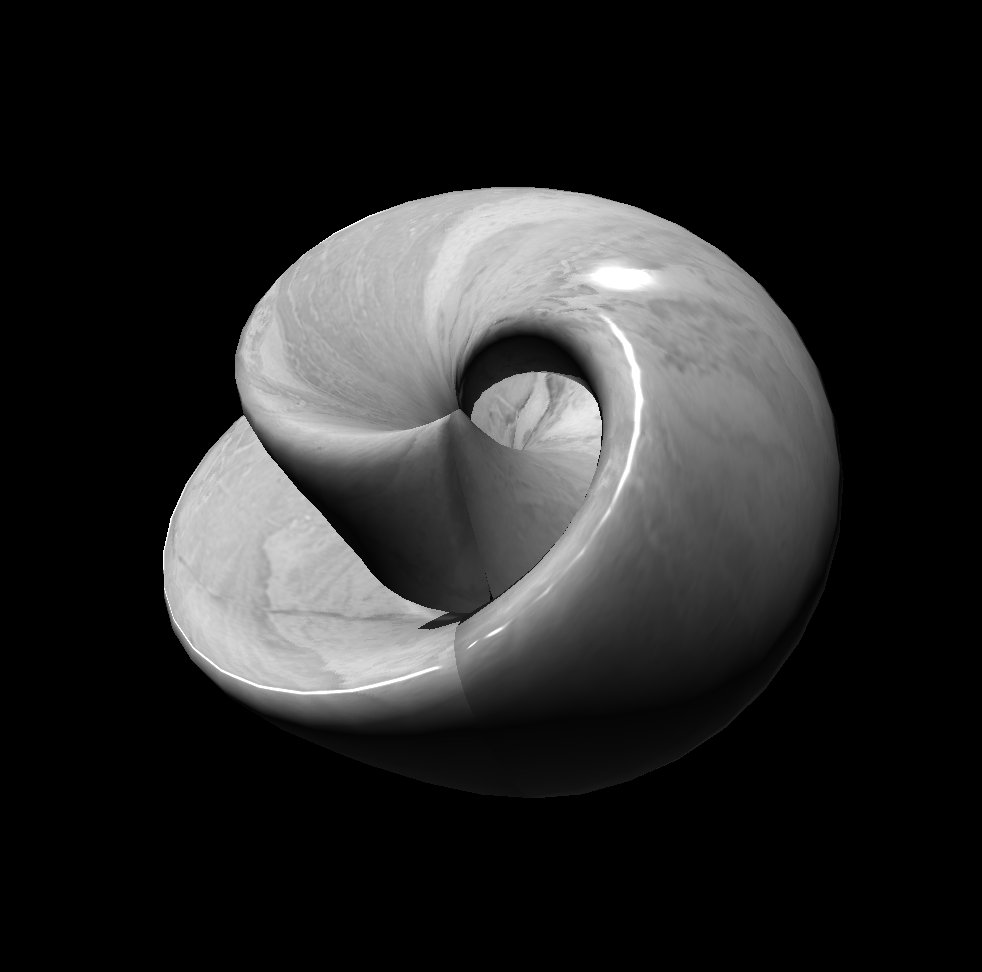
Generate a triangle mesh from a parametric equation. This is done by taking the surface and "cutting it up" into "rings" and "slices". Two angles, theta and phi step along the rings and the slices to form quads on the mesh, which are then broken up into two triangles.
For example, for a sphere we'd break it up like this:
More rings and slices will mean more triangles in the mesh. 32 rings and 32 slices seems to work pretty well for building a generally smooth mesh.
Thanks to Nicolas Guillemot (@nlguillemot) for pointing me towards this method for triangulating a sphere. I'm glad it generalizes so well to other surfaces!
- Some sort of vector math library. I used glm. You can easily sub your own in by editing mesh.hpp. (I'll make this more standalone when I have time; it's extracted from a much larger assignment, and it made more sense to use a separate library there!)
- A C++ compiler that supports at least C++11.
mesh_generators.cpp contains some sample functions for generating meshes. You can easily create your own mesh-generating function (or a general function) by using those functions as a model.
- Create a list of vertices and triangles for the mesh
- Create a lambda
vec3 f(float u, v)whereu,vdefine angles in radians.u=theta is the angle between horizontal cuts in the surface, andv=phi is the angle between vertical cuts in the surface - Call
GeneratePointswith your lambda - Call
GenerateFacesto generate the triangles for the mesh - Call
GenerateVertexNormals - Copy over the number of vertices, number of triangles, and the lists to the mesh
After, you can use the resulting TriangleMesh type directly, or you can output to a file by calling WriteMesh.
